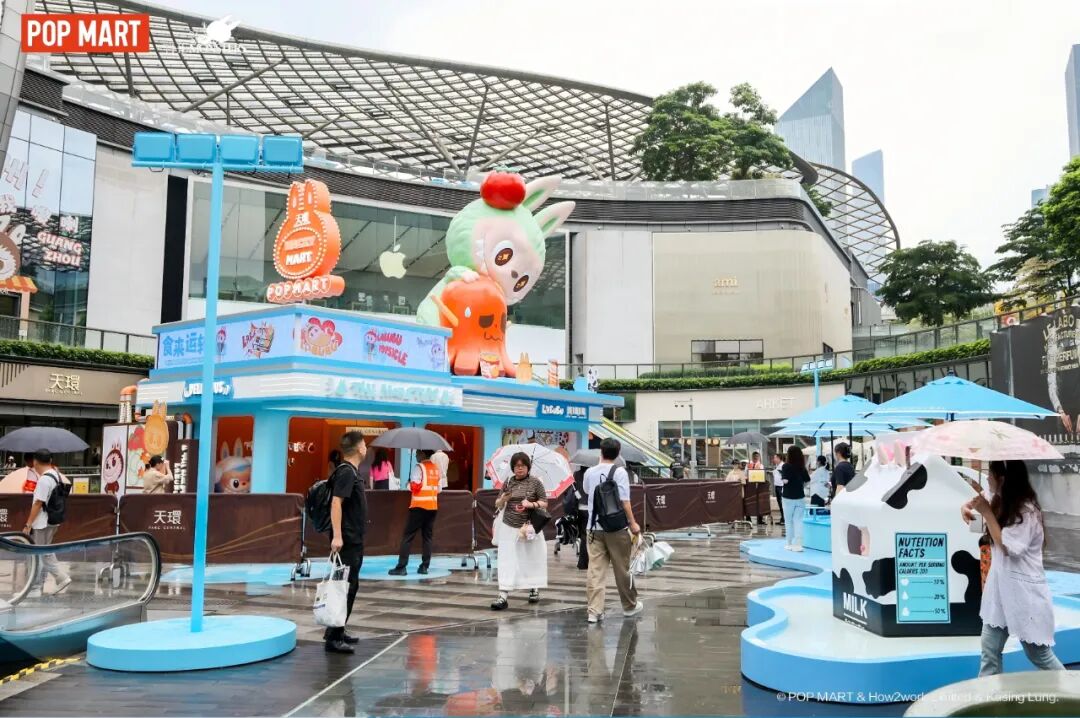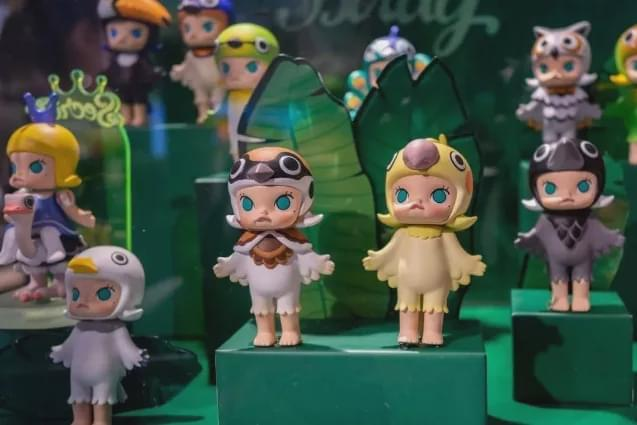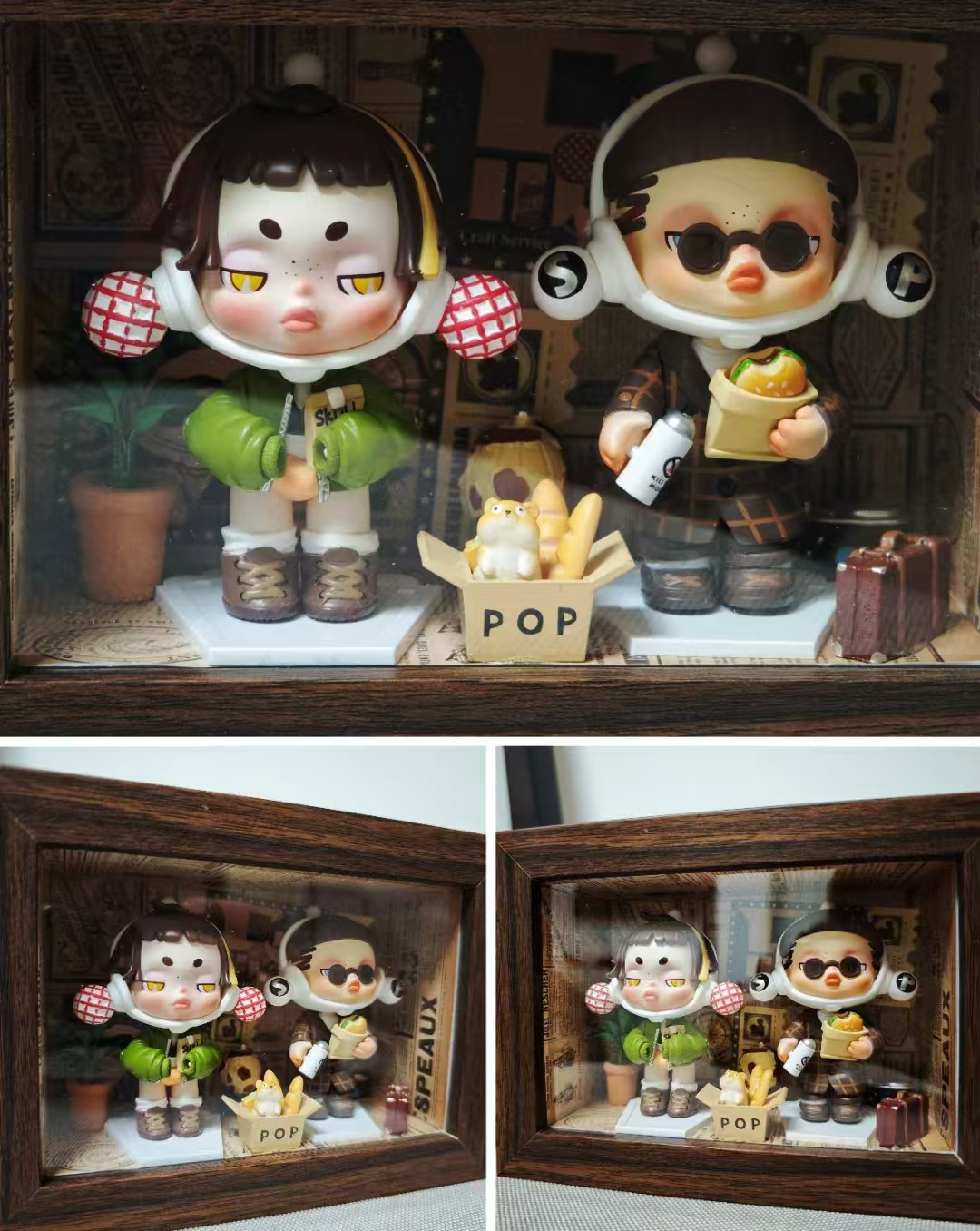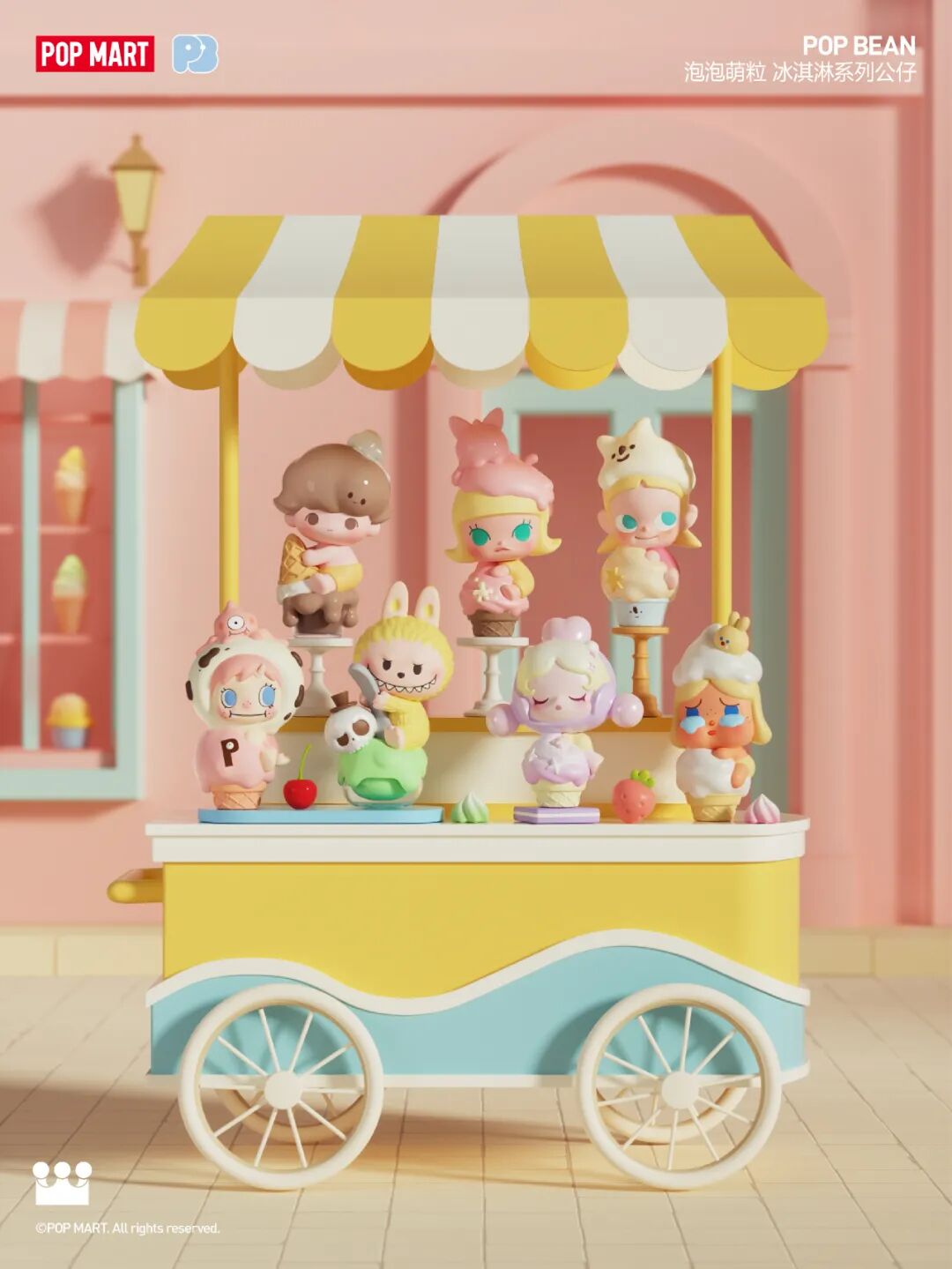In the vibrant landscape of China's consumer market, Pop Mart has emerged as a global sensation, transforming the traditional toy industry into a cultural phenomenon. Founded in 2010 and headquartered in Beijing, Pop Mart International Group has become synonymous with trendy culture , blending art, commerce, and emotional storytelling into its iconic blind-box toys. By 2025, the company operates over 570 offline stores and 2,300 robot shops across nearly 100 countries, with its shares listed on the Hong Kong Stock Exchange (stock code: 09992). Its success lies not just in products but in redefining how collectibles resonate with modern consumers—especially Gen Z—through IP-driven narratives and surprise-driven engagement.

From Niche Hobby to Mainstream Powerhouse
Pop Mart's rise mirrors China's broader shift toward experiential consumption. Its core product—blind boxes—leverages the thrill of unpredictability, with each purchase offering a chance to unlock limited-edition or hidden figures. Priced between 59 and 99 RMB per box, these toys combine affordability with high margins (60-70% gross profit), while their collectible nature drives repeat purchases (50.8% member repurchase rate). The company's IP portfolio, featuring characters like Molly, Dimoo, and Skullpanda, is meticulously curated through collaborations with global artists such as Kenny Wong. These designs often lack fixed backstories, allowing buyers to project their own emotions onto them—a strategy that fuels cross-cultural appeal.

Global Expansion and Market Dominance
Pop Mart's international growth has been explosive. In 2025, overseas revenue surged to 40% of total sales, with the Americas leading at a staggering 1,265% year-on-year increase. The company's localization efforts are evident in region-specific releases, like Singapore's exclusive Dimoo-themed pop-up shops or Europe's premium-priced Labubu series (often double China's retail price). By integrating into local markets through e-commerce (Amazon, Shopee) and physical hubs, Pop Mart has become a bridge between Chines trendy toys and global youth culture. Its financial performance reflects this momentum: H1 2025 revenue hit 13.876 billion RMB (up 204.5% YoY), with operating profit jumping fivefold from the previous year.

Cultural Significance: Art Meets Commerce
Beyond toys, Pop Mart embodies a new era of "emotional consumption." Its IPs are treated as art—exhibited in galleries and featured in collaborations like the Tang Dynasty-inspired "Dance of the Tang Court Ladies" series with Henan TV. By fusing traditional elements (e.g.,非遗 craftsmanship like carved lacquer on MEGA figures) with contemporary aesthetics, Pop Mart recontextualizes heritage for younger audiences. The company's emphasis on open-ended storytelling—where Labubu's "ugly-cute" design sparks diverse interpretations from gothic rebellion to Southeast Asian folklore—showcases its ability to adapt to cultural nuances.
Challenges and Future Prospects

Despite its success, Pop Mart faces scrutiny over blind-box addiction and regulatory pressures, particularly regarding underage buyers. Yet its innovations—such as AR interactive experiences and high-end MEGA collectibles—suggest resilience. As it expands into theme parks (like its Chengdu location) and luxury partnerships (e.g., SKP-S stores), Pop Mart aims to evolve from a toy brand into a global IP ecosystem. Its story is more than retail; it’s a testament to how China’s creative industries are reshaping global consumer culture, one surprise at a time.



